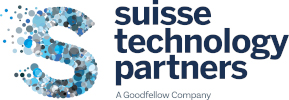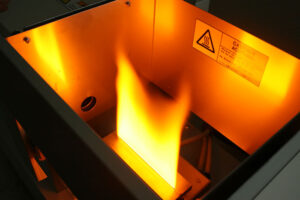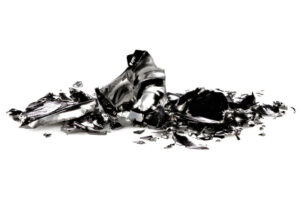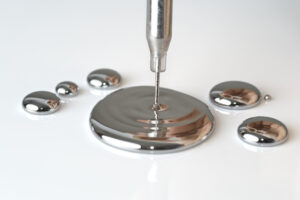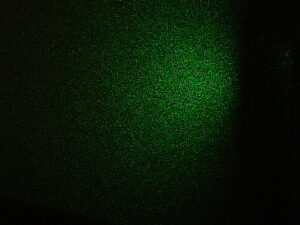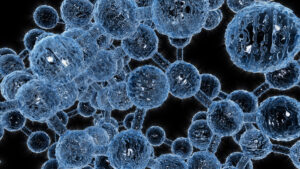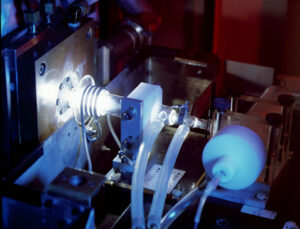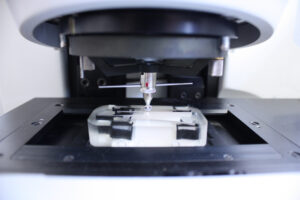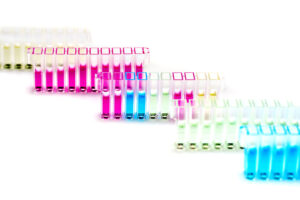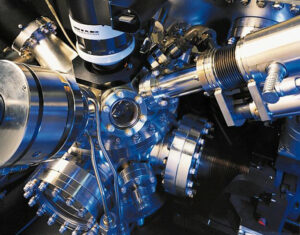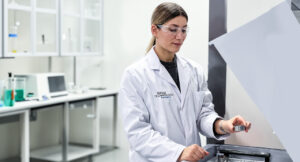Spectroscopy
Spectroscopy: Detect more than just colors - applications and methods at a glance
The spectroscopy is an important collection of analytical techniques for the identification and characterization of materials and substances. There are powerful tools for the identification and characterization of materials and substances.
Inductively coupled plasma mass spectrometry (ICP-MS) and optical emission spectrometry (ICP-OES) use plasma to excite atoms and detect their M+ ions and M+ ions, respectively. emissions to measure identification and quantification.
The spark OES method analyzes the spectrum of sparks emitted by a material to determine the elements it contains.
Infrared spectroscopy (FTIR) identifies molecules based on their vibrational and rotational frequencies, while carbon / sulphur analysis uses combustion and IR detection to determine the C/S content in a solid.
Flame atomic absorption spectroscopy (AAS) and cold vapor atomic absorption spectroscopy for mercury analysis (CV-AAS) measure the absorption behavior of atoms to determine their concentration.
X-ray fluorescence analysis (RFA/XRF) uses the fluorescence of X-rays to determine the composition of a material, while UV/VIS spectroscopy measures the absorption of light by molecules.
X-ray photoelectron spectroscopy (XPS) analyzes the energy of electrons emitted by a material, and scanning electron microscopy (REM) enables the imaging of materials with high resolution and the analysis of elemental composition using energy-dispersive X-ray spectroscopy (EDX).
Dynamic Light Scattering (DLS) and zeta potential analysis measure the size and charge of nanoparticles.
Spectroscopic methods offer numerous advantages compared to other analytical methods. They enable a fast and precise analysis of materials, are often very specific and allow the detection of substances in very low concentrations. Furthermore, in many cases they can perform a qualitative analysis and make statements about the chemical composition of materials. Spectroscopic methods generally offer very high sensitivity and selectivity combined with speed and simplicity of execution. Many spectroscopic methods require only small amounts of sample and are therefore also suitable for precious or difficult-to-obtain samples. These advantages make the use of spectroscopic methods relevant and effective for many applications.
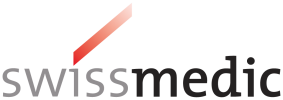
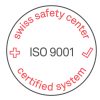
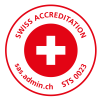
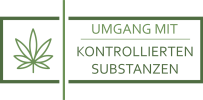
![AdobeStock_435228133-[Converted]](https://suisse-tp.ch/wp-content/uploads/elementor/thumbs/AdobeStock_435228133-Converted-e1676022886856-q3bd32msklmkmpv8pmbcrtngzpk5xvgrhv6gaskcg0.png)
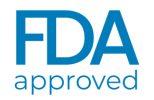
Spectroscopic methods at Suisse TP
We would like to support you not only with individual measurements, but also with larger projects. With our wide range of spectroscopic analysis methods, we can offer you individual solutions. Whether method development or release analysis – we are at your side with our expertise and support you in achieving your goals. The following methods are available to us:
